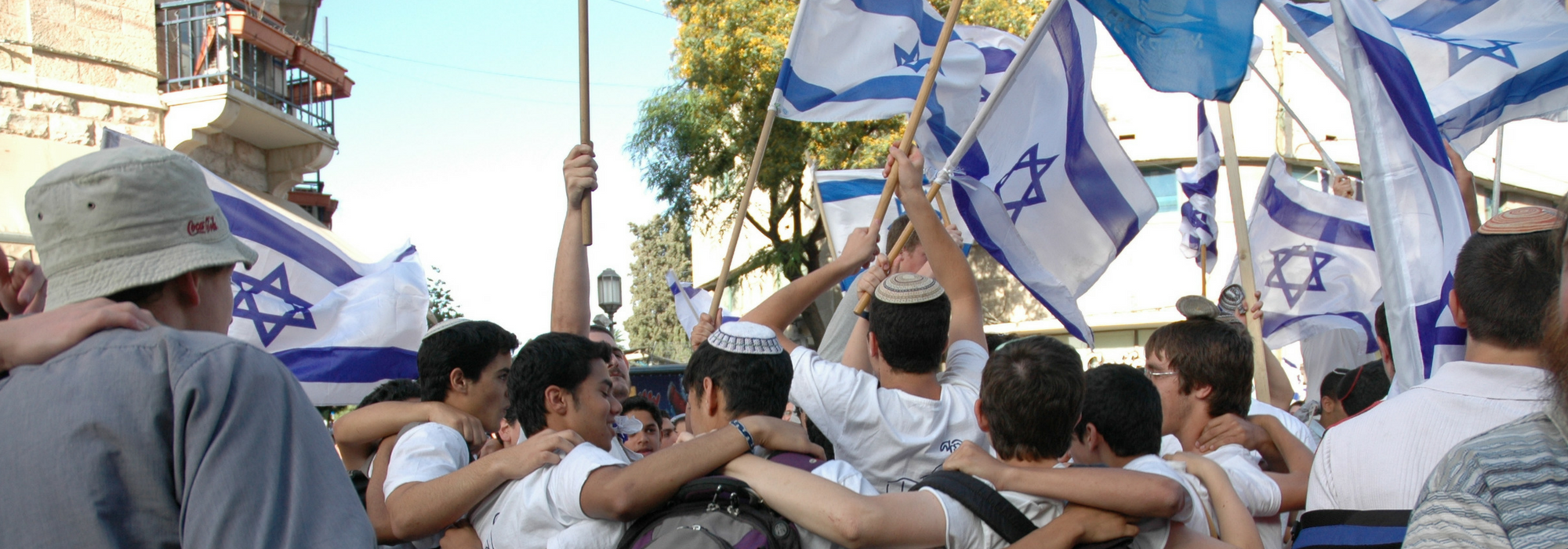
by: Rebecca J. Brimmer
Editor’s note: This week the atmosphere in Jerusalem, and in fact all over the nation of Israel, has been filled with anticipation as Jewish families prepare for Pesach. The material that follows may be very familiar to you but there is always something more to be gleaned. Taken from the Israel and the Church: God’s Roadmap, Rebecca J. Brimmer’s review of the Jewish celebration of Passover is well worth your attention.
Passover (Leviticus 23:5–8) is one of three pilgrimage festivals during which all the men of Israel were to come up to Jerusalem. Celebrated on the days 14–21 of the Hebrew month of Nisan (this year beginning at sunset on April 10th), Passover is an eight-day holiday. The holiday begins with a special meal called the seder (“order”) on the eve of the first day of Passover, called Erev Pesach. The meal often takes four to six hours. During the seder, the story of God delivering the children of Israel from slavery in Egypt is told in detail with song, symbolic foods, and liturgy. In virtually every Jewish home this holiday is observed, to some degree, as families gather together to remember God’s protection and provision.
The Scripture says that during this holiday no leaven is to be eaten. For eight days, no bread is eaten, or anything else with a leavening agent in it. In the days leading up to Passover, the nation has spring cleaning on a scale most of us have never heard of. Every crumb of leaven must be found and removed from the home. For example, every item of clothing is taken out of the closets, pockets turned inside out, and everything washed. Pots and pans are taken to communal centers where they are boiled in large vats to ensure no leaven remains. On the last day before Passover begins, the last vestiges of bread or other leavened products are gathered up and ceremoniously burned.
This holiday is rich in significance for both Christians and Jews. The Apostle Paul tells us that leaven is symbolic of sin. Oh, that we were as diligent about removing sin from our lives as the Jewish people are about removing every crumb from their homes.
In biblical times, a spotless, perfect lamb was sacrificed for the Passover meal. Did you realize that the Last Supper was a Passover meal? Yeshua (Jesus) became our Passover lamb, as the only sinless man in history, who was sacrificed for our sin.
During the Passover meal, three pieces of unleavened bread (matzah) are ceremonially set aside. The middle one is called the afikomen. At one point in the meal, it is taken out, broken in half, wrapped in linen, and hidden. Later in the evening, the children are invited to search for it, and the one who finds it rejoices greatly as they receive a gift. The matzah is striped and pierced in appearance. What a picture of the sacrificial gift of Yeshua! He also was striped by the whips of the Roman guards, pierced with a sword, broken, wrapped in linen and hidden in the grave. Three days later, He rose again, a cause for great rejoicing by believers ever since.
Our celebration of Resurrection Day (Easter) commemorates the resurrection of Yeshua, and it actually was during Passover. Yeshua rose from the dead and became the firstfruits of the resurrection.
Posted on April 6, 2017
Source: (Excerpt from “A Year in the Life of Israel” Israel and the Church: God’s Roadmap)
Photo Credit: Jeff Wasserman/ Shutterstock.com
All logos and trademarks in this site are property of their respective owner. All other materials are property of Bridges for Peace. Copyright © 2024.
Website Site Design by J-Town Internet Services Ltd. - Based in Jerusalem and Serving the World.